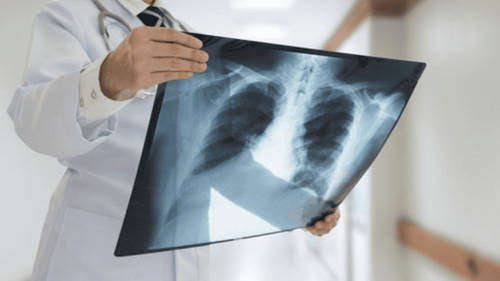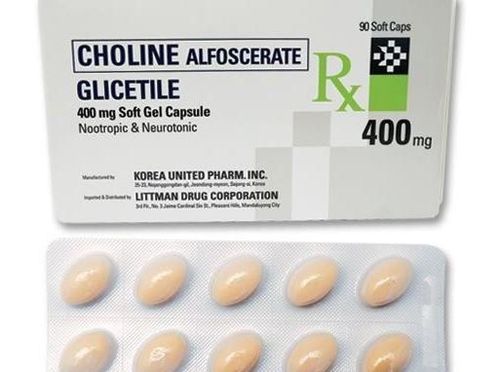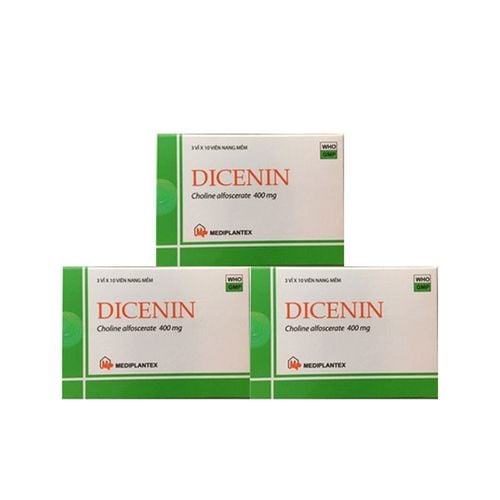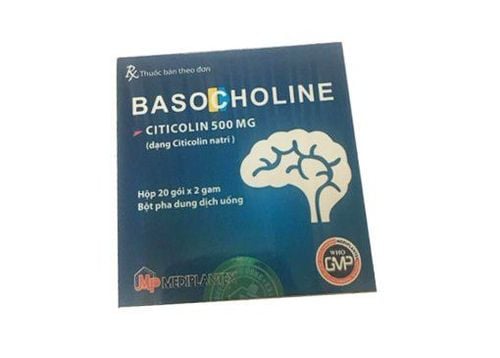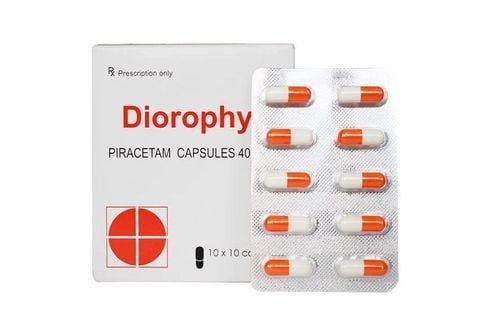This is an automatically translated article.
The article is written by Specialist Doctor II Pham Tien Ngoc - Emergency Doctor, Emergency Department - Vinmec Central Park International General Hospital
In patients with neurological damage such as traumatic brain injury, the goal of ventilation is to optimize oxygen saturation, limit ventilator-associated injury, and ensure ventilation (CO2 emissions), It is equally important to avoid secondary brain damage, including those associated with positive pressure ventilation: hypoxemia, hypotension, excessively prolonged C02 elevation or hypoxia, hypertension. intracranial.
In summary, in patients with traumatic brain injury, 2 strategic goals are:
Improve oxygenation in brain tissue Improve cerebral perfusion flow
1. Measures to improve blood oxygenation in patients with traumatic brain injury
1.1 Use of FiO2 Increasing FiO2 is perhaps the simplest and fastest way to improve blood oxygenation and should be given immediately in cases of life-threatening tissue hypoxia. But when FiO2 increases for a long time, it will damage the lungs. Mechanical ventilation with high doses of FiO2 can cause atelectasis, increased right-left shunts, and direct damage to the lung parenchyma.
In addition, high blood oxygen has also been shown to not improve the metabolic rate or outcome of patients with traumatic brain injury. Given the negative results and the known knowledge of the consequences of high-dose oxygen, giving high FiO2 is not recommended over other therapies such as the use of alveolar mobilization, setting appropriate PEEP based on on the mechanics of the PV (Volume-Pressure) curve in patients with traumatic brain injury.
1.2 Use of PEEP in traumatic brain injury PEEP (positive end-expiratory pressure) is a commonly used measure to improve hypoxemia in critically ill patients. The installation of PEEP in patients with traumatic brain injury is still a matter of controversy.
Alternatively, PEEP can be used to minimize ventilator-associated injury. In patients with hypoxemia due to atelectasis, alveolar edema, PEEP can restore functional residual volume (FRC), reduce intrapulmonary shunts, make lung mechanics more physiological, and prevent intraluminal air loss. then exhale.
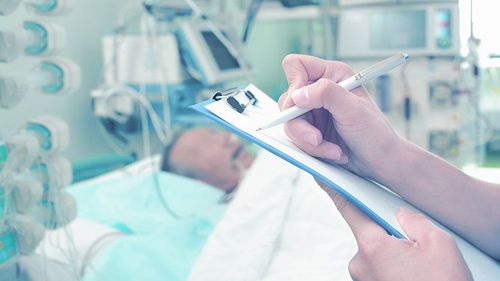
Bệnh nhân chấn thương sọ não cần có biện pháp cải thiện oxy hóa máu
PEEP also makes it easier for patients to trigger ventilators in cases where endogenous PEEP exists, thereby reducing breathing work, reducing oxygen consumption in severe stress situations. PEEP may have an adverse effect on ICP and cerebral perfusion pressure (CPP). PEEP causes excessive alveolar dilatation, which will increase dead space and decrease effective minute ventilation, cause hypercapnia, and eventually cause cerebral vasodilation, causing an increase in ICP and a decrease in CPP.
However, recent studies when using PEEP appropriately will effectively mobilize the alveoli to improve cerebral blood oxygen. Therefore, in patients with traumatic brain injury and elevated ICP should not be considered a contraindication to appropriate PEEP setting in patients requiring alveolar mobilization.
When facing a traumatic brain injury patient with hypoxemia or need to increase FiO2, the PEEP setting is recommended as follows:
Assess alveolar mobilization capacity (source of acute lung injury, lesion morphology) CT injury, clinical alveolar mobilization response). Assess risk of increased side effects of PEEP (fluid status, left ventricular function, ICP and CPP, and good control of it). If alveolar mobilization with acceptable risks: PEEP set with or without alveolar mobilization, the appropriate PEEP level is based on the best compliance measured by esophageal balloon. Maintain a lower P plateau < 30 cmH2O or a transpulmonary pressure < 25 cmH2O. Any changes in PEEP should be re-evaluated for hemodynamic status, right atrial pressure, transpulmonary pressure, cardiac output, ICP, and CPP.
1.3 Cerebral oxygen saturation partial pressure Neuroresuscitation monitoring is usually ICP and CPP monitoring. However, as we know that cerebral ischemia causes poor outcomes in patients with traumatic brain injury, monitoring of partial pressure of oxygen saturation in brain parenchyma – PbtO2 is essential in this field. nerve resuscitation. Although there is controversy regarding PbtO2 monitoring, study data suggest poor outcomes if PbtO2 is low.
Systemic blood oxygen saturation, lung function, and cerebral parenchymal blood oxygen saturation are strongly related. Acute lung injury - ALI is also an independent prognostic factor for cerebral hypoxia in patients with traumatic brain injury. Therefore, the care of patients with traumatic brain injury must pay special attention to the brain-lung interaction that measures to increase systemic blood oxygen saturation will improve PbtO2. It is recommended that PbtO2 levels lower than 15mmHg be avoided. The strategy of mechanical ventilation increased PbtO2 in parallel with the strategy of improving PaO2.
In summary, mechanical ventilation in traumatic brain injury patients needs attention:
Adjust FiO2. Install the appropriate PEEP. Adjust I/E ratio to increase mean airway pressure. Use advanced breathing modes. And sometimes life-saving measures like breathing NO.
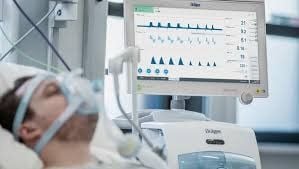
Điều chỉnh theo dõi độ bão hòa oxy trong nhu mô não – PbtO2
2. Weaning off ventilators in patients with traumatic brain injury
Weaning off ventilators and extubating patients with traumatic brain injury is still a challenge in clinical practice today. Common causes of prolonged weaning time and late extubation are:
Patient's consciousness is not restored, or recovery is late. Late or poor airway protective reflexes. Malnutrition due to prolonged stay in the ICU. Nerve damage causes changes in lung mechanics. Initiate weaning only when medical factors are ruled out and carefully consider the risks and benefits of continued mechanical ventilation. SBT (spontaneous breathing trial) can be used to make decisions about weaning and extubation, especially when combined with other measures such as the rapid shallow breathing index (RBSI).
Some studies have shown that GSC < 8, patients with inability to cough up sputum, thick sputum or hypersecretion, have subtent or high medullary lesions associated with difficulty maintaining a clear airway ventilation, the risk of extubation failure is high.
Vinmec International General Hospital is one of the hospitals that not only ensures professional quality with a team of leading medical doctors, a system of modern equipment and technology. The hospital provides comprehensive and professional medical examination, consultation and treatment services, with a civilized, polite, safe and sterile medical examination and treatment space.
Please dial HOTLINE for more information or register for an appointment HERE. Download MyVinmec app to make appointments faster and to manage your bookings easily.




